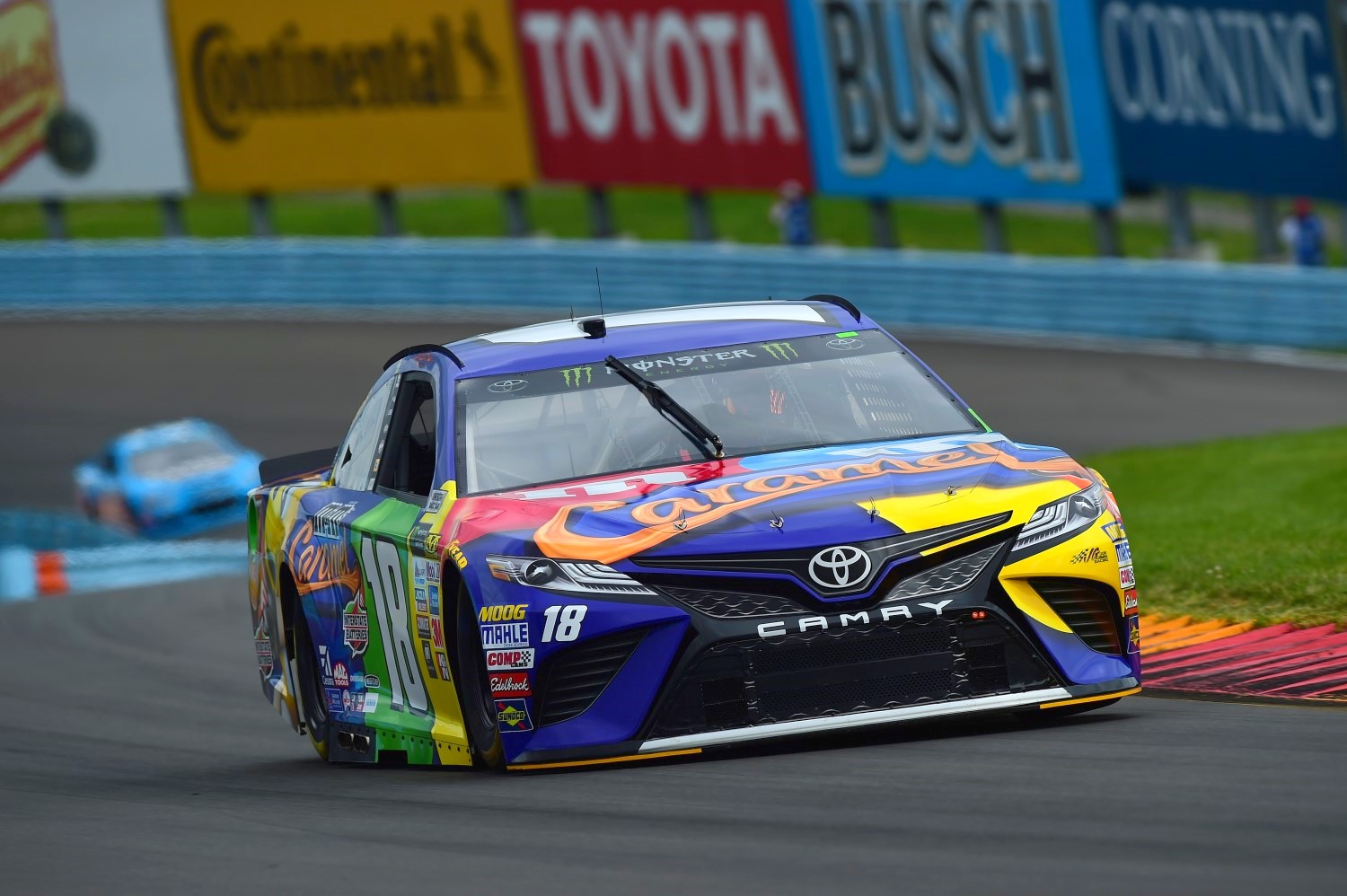XFINITY Series teams to have spec composite body option in ’17, full-time by ’19
 |
| Like IndyCar, the Xfinity series to switch to spec composite bodies |
NASCAR XFINITY Series teams will have the option of using a flange-fit composite body at three races later this season as the series moves toward incorporating the body into competition full-time by 2019.
XFINITY Series director Wayne Auton told NASCAR.com that teams will have the option of running the composite body at Richmond, Dover and Phoenix this year, and it is expected to also be optional for ’18 at all tracks other than superspeedways.
“It’s an option," Auton said. “You can still run the steel (body) but we will have some weight and aero changes (in place) between the two bodies" to keep the playing field level.
Approximately 90 percent of those expected to compete in the Richmond XFINITY Series race (7:30 p.m. ET, 9/8, NBCSN) have already indicated they will compete with the new composite body.
Teams in NASCAR’s K&N Pro Series have competed with the composite body for two years and Auton said officials learned much from that process. While the bodies themselves will be similar, Auton said additional bracing has been added for cars competing in the XFINITY Series.
Five Star RaceCar Bodies, based in Twin Lakes, Wisconsin, will supply the various body parts.
Unlike steel bodies which are welded to the chassis, composite bodies are bolted via bracing onto the chassis and can be removed and replaced much easier.
“Definitely the amount of labor it takes to re-tool a car (is a big benefit)," Auton said. “You could take the body off this car and still work on your race car where with a steel-body car, it’s attached to the chassis. If you want to take the front end off and work in the engine compartment, you just unbolt it, take it off, work on your car and when you get ready to go to the race track, put the fender back on it, the hood on it, put the nose on it, load ‘er up, go to the race track and have a great time.
“If you don’t get into the frame and suspension (with damage), you could take the side off a car and put one back on it out in the parking lot. The labor … is where the owners are going to save the money. The body parts are about the same as what a steel body costs but the (savings will be in) labor time, the turnaround time."
The laminate blend material can be broken, but for the most part it retains its shape when struck.
From an inspection standpoint, Auton said initially nothing should change although as the car is put through the rigors of competition, some tweaks might become necessary.
The current templates will continue to be used in the inspection process. There are also markings on the outside of the car where a laser system will be used, starting at Richmond, to ensure the body is square to the frame.
“That’s not to say that when we get to Richmond we find something new that we need to adjust before we get to Dover," Auton said. “Then we run it at Dover, which is a month later, and we’ll probably find something out at Dover that we might need to adjust before we get to Phoenix.
“That’s the cool part about this car, the collaboration that we’ve got with the teams. Everybody is working in one direction. … That’s the reason we decided to use it at three short tracks. Let the teams get used to it. Let them learn what the process is of maybe changing a body; if I get in the wall how is the car going to hold up? …
“We’re just interested in getting driver feedback on how the car feels. We’re interested in getting team feedback on what they think the adjustments need to be and then when we roll into Atlanta next year definitely we will have this body ready to go, the teams will be ready and prepared."
There will be no additional practice time because of the new piece.
